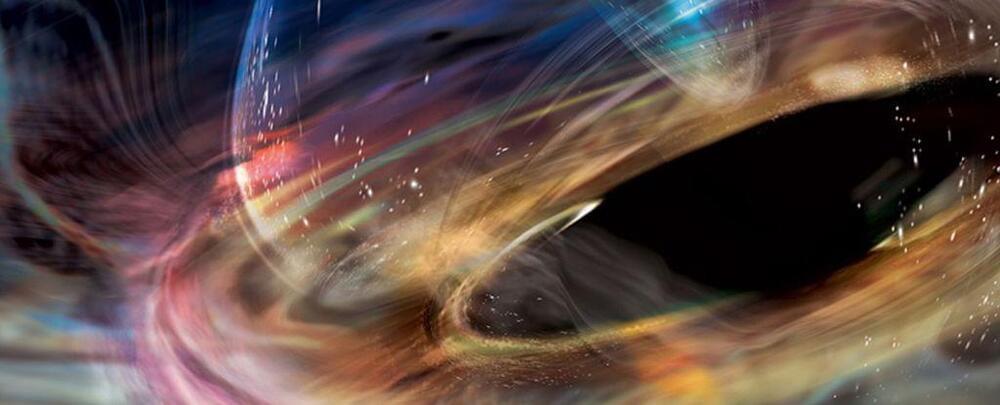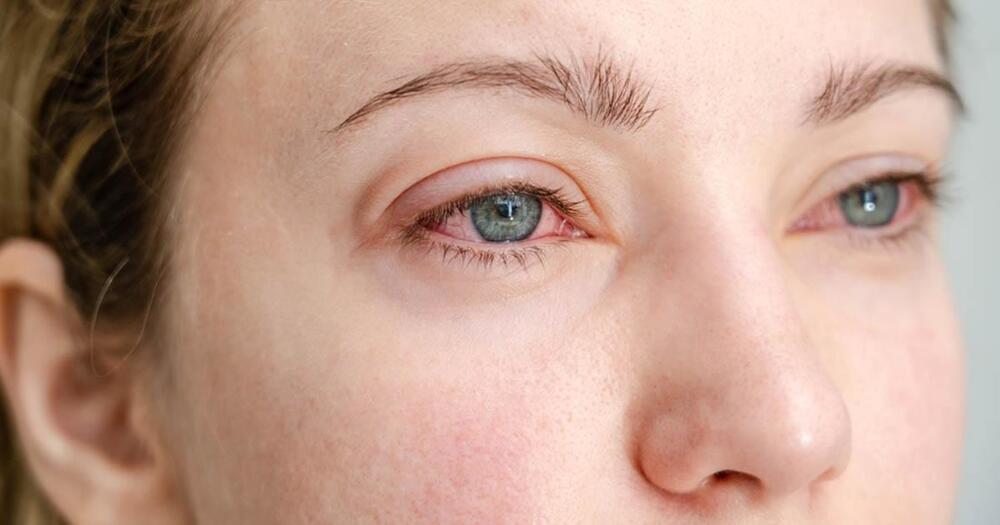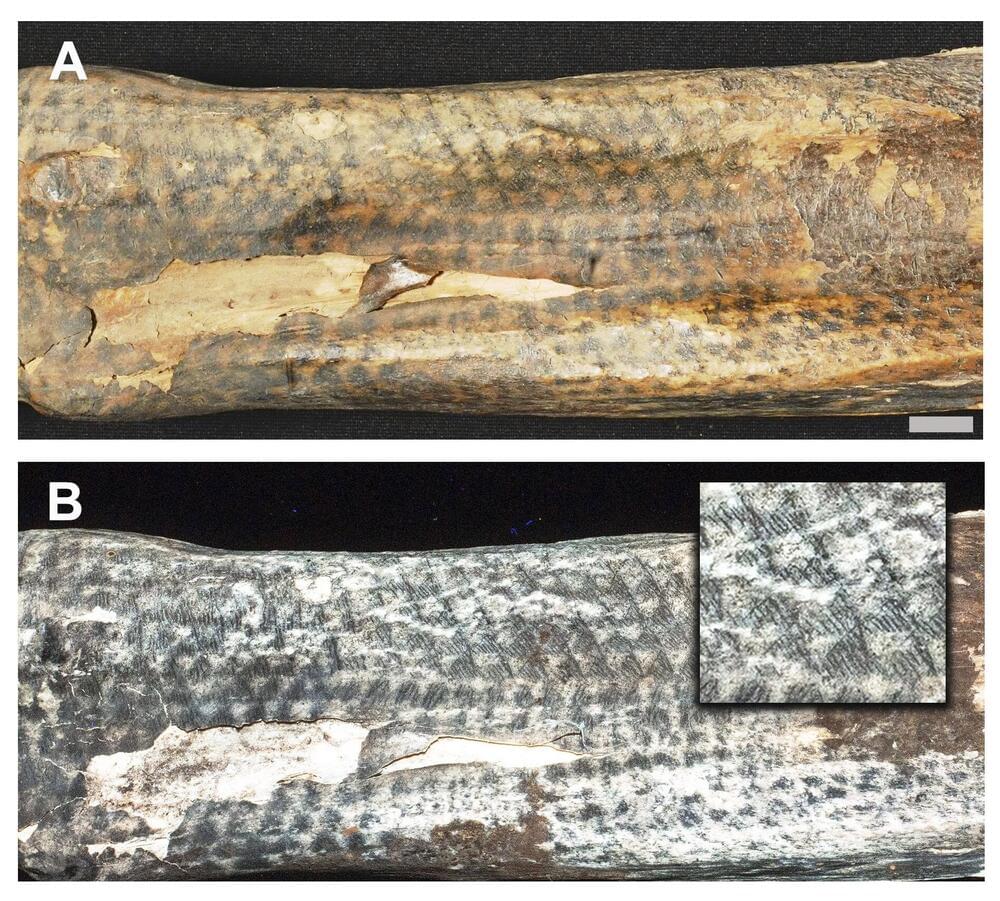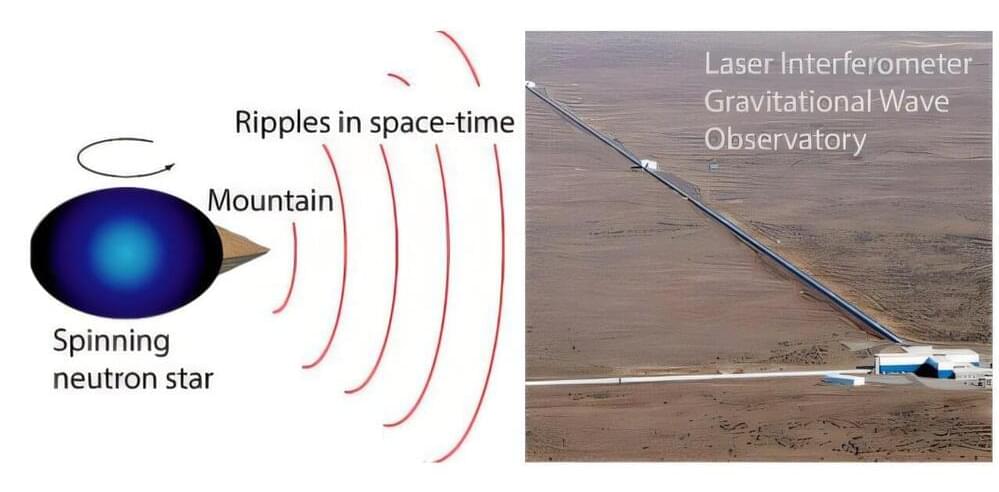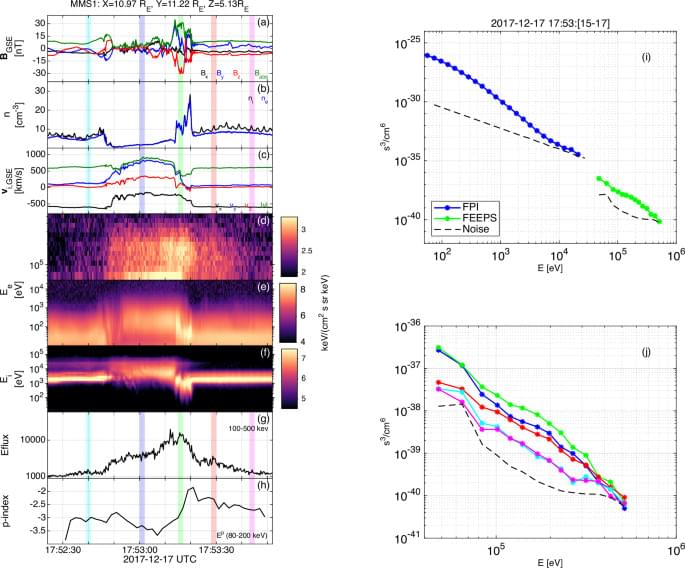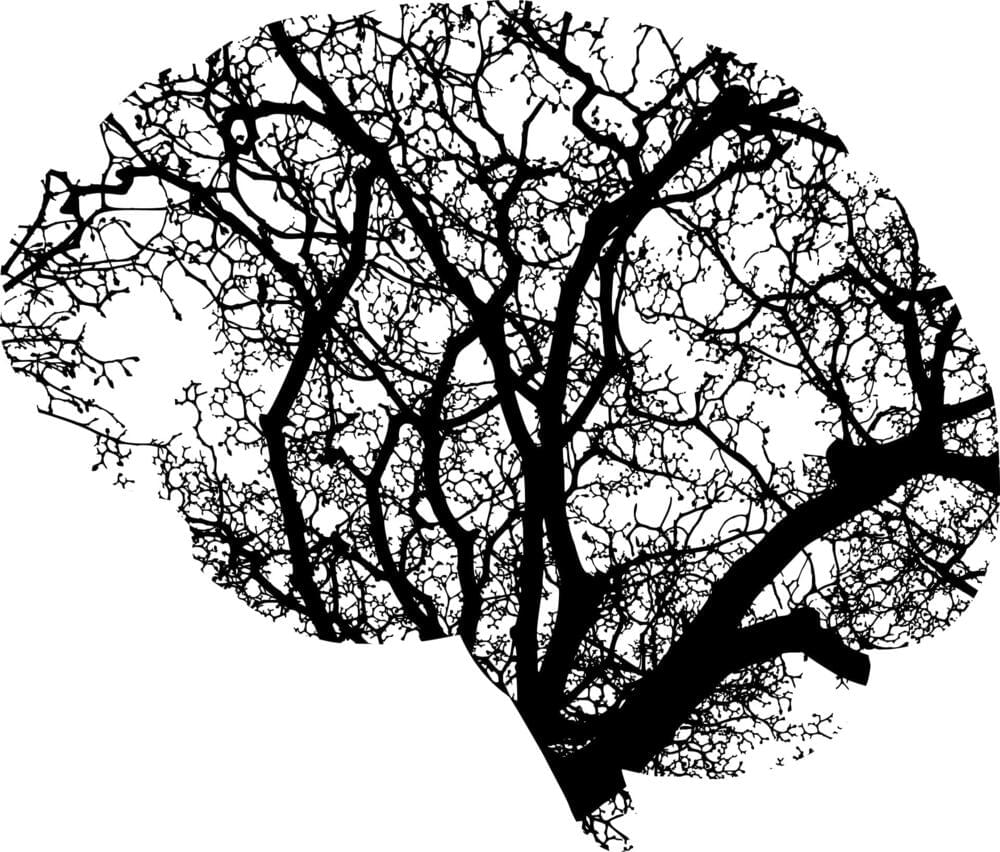Jan 14, 2025
Strange Flashes Could Be Signs of Closest Object Seen Near a Black Hole
Posted by Shubham Ghosh Roy in category: cosmology
Some 275 million light-years from the Milky Way lies a true cosmic mystery.
There, in the heart of a galaxy named 1ES 1927+654, squats a supermassive black hole whose monkeyshines and hijinks have baffled astronomers for years.
Continue reading “Strange Flashes Could Be Signs of Closest Object Seen Near a Black Hole” »
